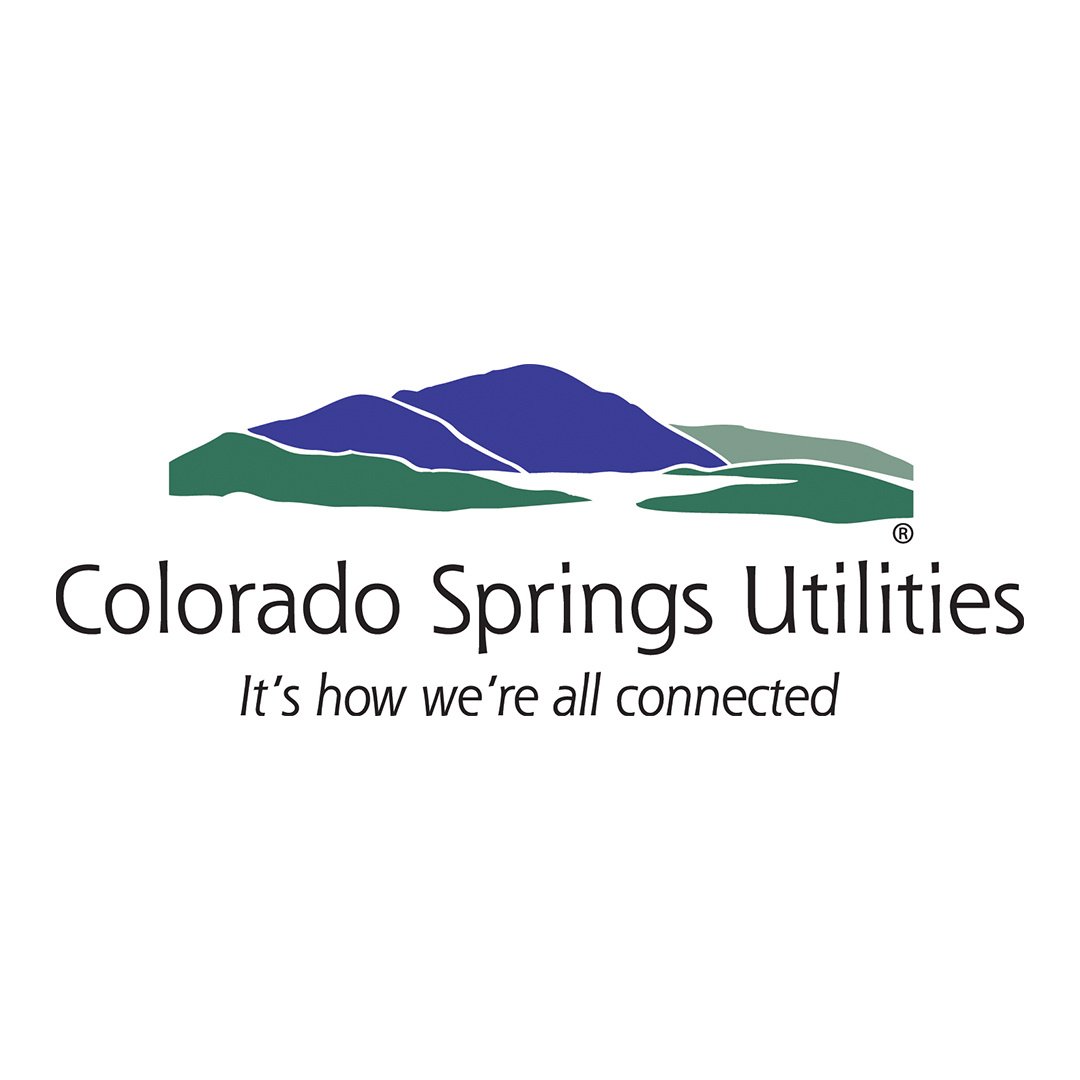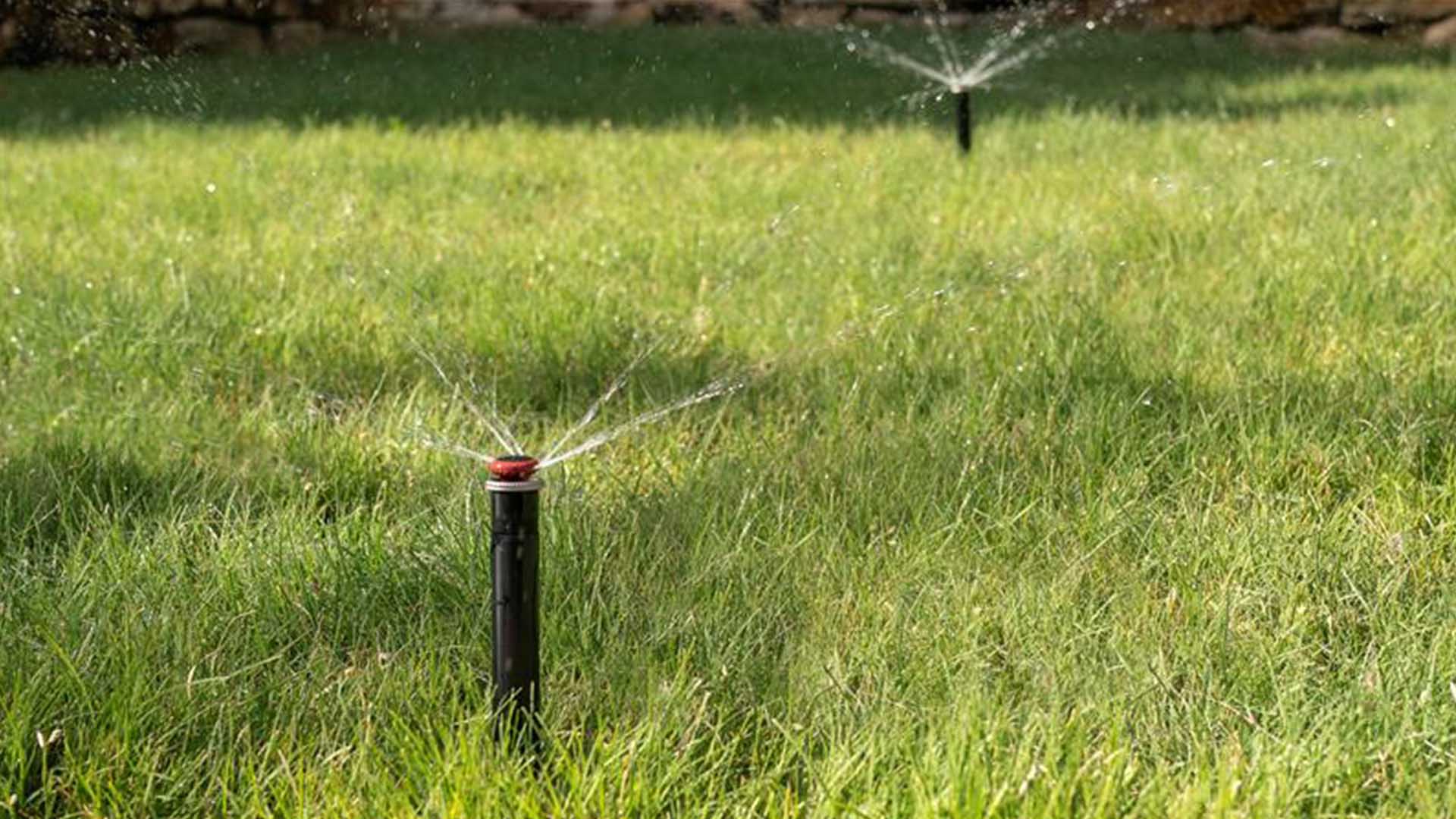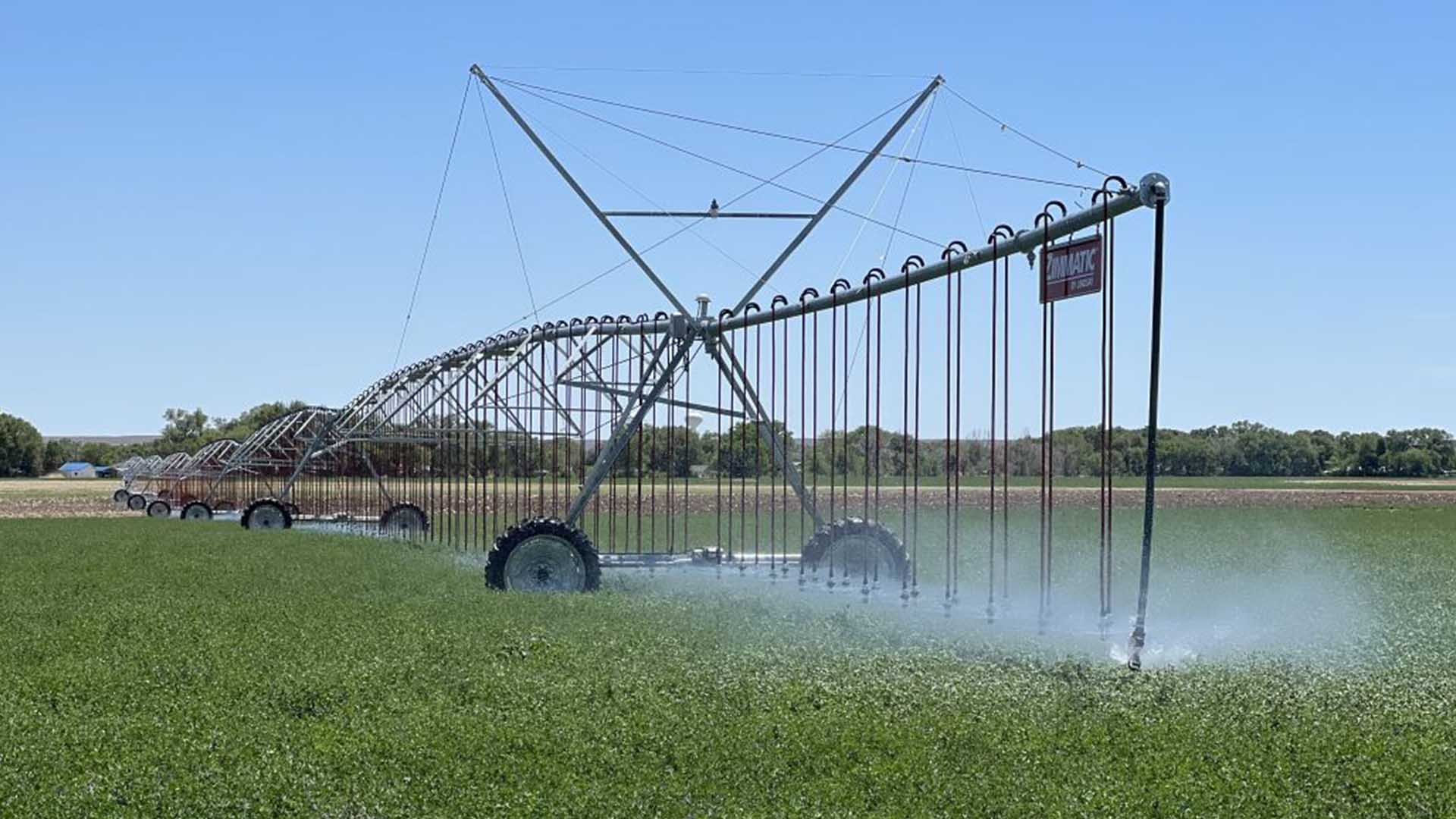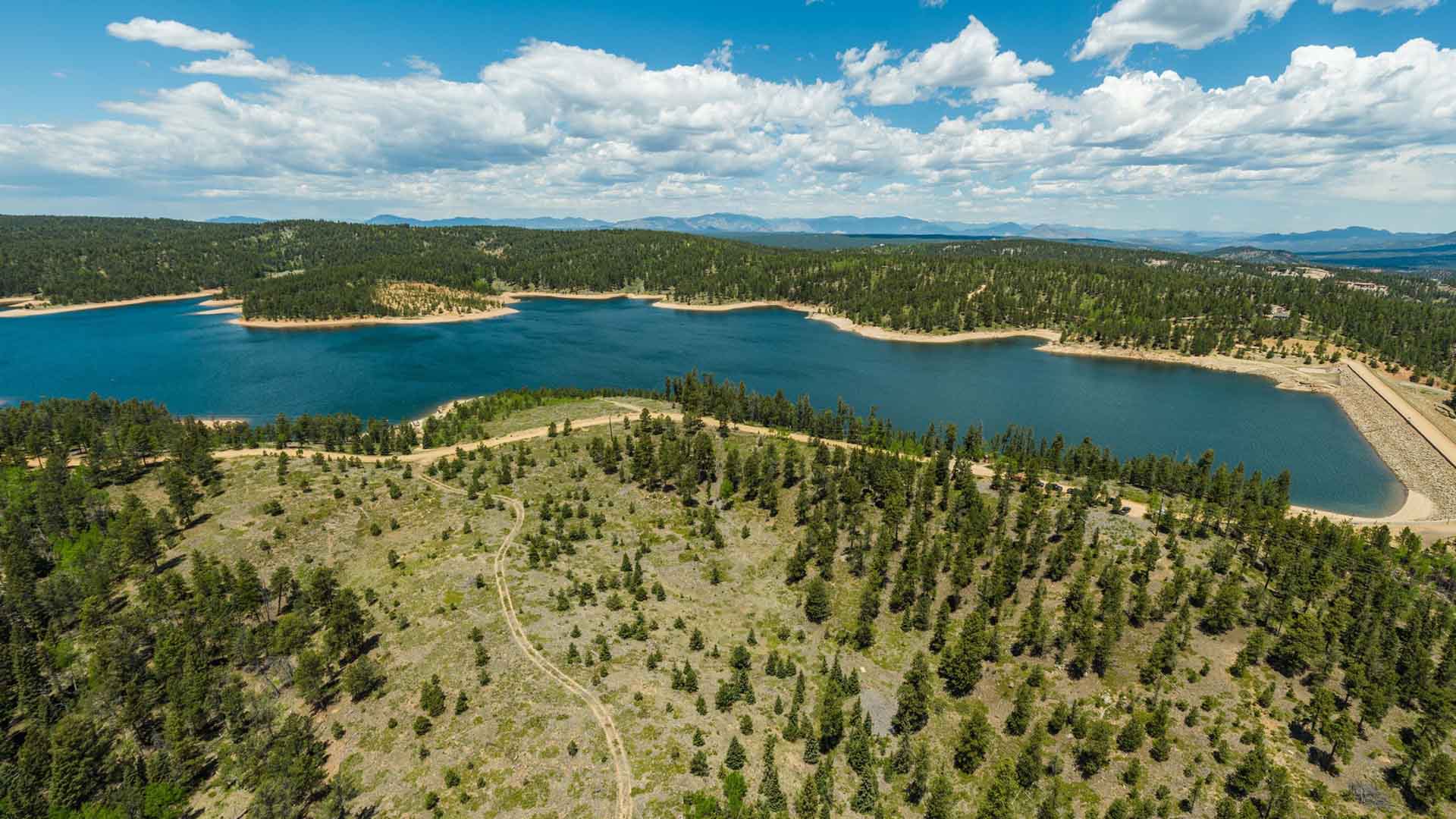
Kalsoum Abbasi
Duration: 1 minute
Published on January 25, 2023
While Colorado Springs doesn’t sit within the Colorado River basin, we (like approximately 40 million others) rely heavily on water sources located in the Colorado River watershed. In fact, it’s the source of about half our raw water supply. Because we import Colorado River water into the Arkansas River Basin, we are legally allowed—and obligated—to use that water more than once. When you factor in that reuse, it actually provides up to 70% of the water supply for our customers.
More than 20 years of drought have left their mark on the Colorado River, especially at Lake Powell and Lake Mead, which are now at record low levels. Those giant reservoirs act as the bank accounts of the river, allowing water users located downstream to take more than the watershed and Mother Nature may provide in any given year.
Even though water users in Colorado don’t pull water directly from Lake Powell, we - and other upper Colorado River basin states (New Mexico, Wyoming and Utah) - must send enough water downstream to meet our Colorado River Compact flow requirements, much of which has historically been stored there. This “banked” water allows for releases from the reservoir in years when there is not enough water in the river to meet the Lower Basin states’ (Nevada, Arizona and California) uses. The problem is that more than two decades of low river flow has nearly emptied those accounts.
The Colorado River drought situation was identified as a risk to our system years ago as we were developing our 50-year Sustainable Water Plan. But water managers throughout the West agree that the supply shortages are developing sooner and more intensely than originally forecasted. This has led to federal intervention and demands that both the Upper and Lower Basin states reduce their Colorado River water usage, while short-term operational rules for Lakes Mead and Powell are developed to help preserve water levels - and the hydropower – these reservoirs generate.
As these risks to our Colorado River supplies have accelerated, we’re accelerating the timeline for many of our planned projects, including new storage, non-Colorado River water right acquisitions, and additional conservation programs. We also recently supported a Memorandum of Understanding, signed by multiple water providers that rely on Colorado River water, that commits to specific actions leading to wiser use of water supplies. And, we’ve supported further defining City annexation ordinance language that, until recently, only required that a surplus of water be available when deciding to extend water service to new developments.
While snowpack is looking pretty good in the Colorado River basin this winter so far, unfortunately one great winter will not provide enough runoff to reverse the effects on Lakes Mead and Powell caused by decades of drought. We are adjusting to a new reality in the West, one in which water will likely not be as plentiful.
As professional water planners, we remain engaged in statewide conversations with other water users and regulators regarding administration of the Colorado River and we will continue to adjust our planning as needed to ensure a reliable water supply for our customers.
You can help. Take advantage of our rebates and programs to help make the most efficient use of water in and outside of your home or business. Small steps add up to meaningful water savings. Learn more about our water supply and all the ways we can work together to use water wisely.









